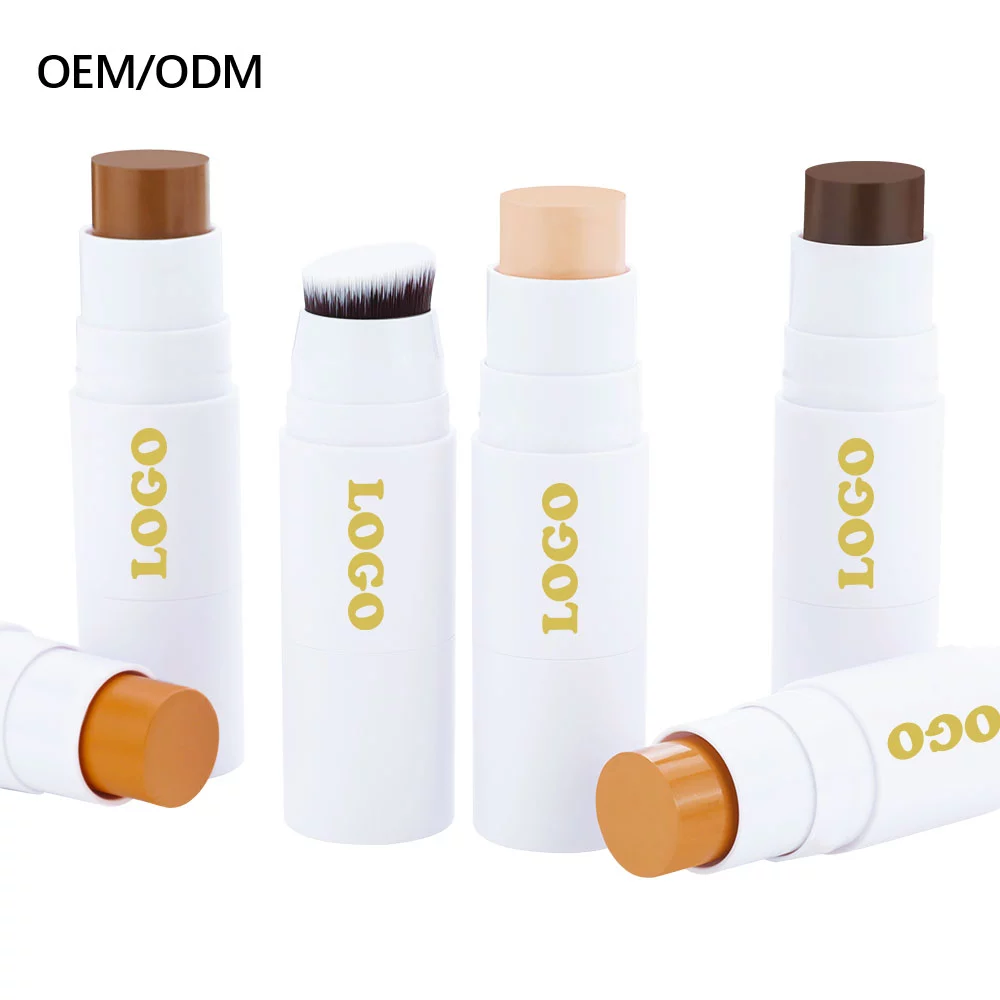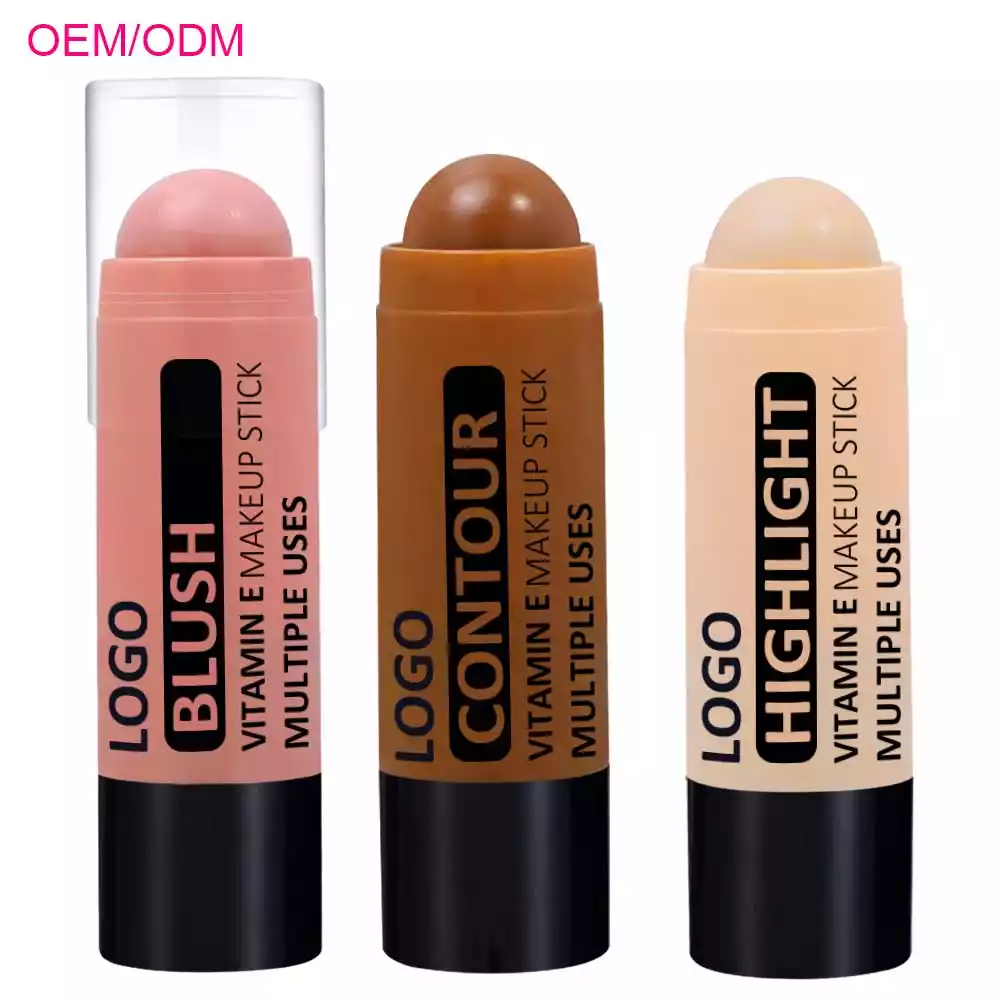Bronzer and contour are often found sitting side-by-side in beauty aisles, and to the untrained eye, they might seem interchangeable. After all, both products are used to add definition and dimension to the face. But in reality, bronzer and contour serve two entirely different purposes, and understanding the difference between them can take your makeup from flat to flawlessly sculpted.
Think of bronzer as your personal sunshine—designed to add warmth, glow, and a healthy, sun-kissed finish. It mimics the effect of a tropical vacation without ever stepping on a plane. Contour, on the other hand, is more like your personal shadow artist—crafted to create depth, carve structure, and subtly reshape features by enhancing natural shadows.
The main distinction comes down to tone and placement. Bronzer typically has warm undertones (golden, peachy, or terracotta) to replicate sunlight hitting the skin. Contour products are cool-toned or neutral, imitating the natural shadows your bone structure creates. Using one in place of the other can throw off your entire look—warm-toned contour can look muddy, while cool-toned bronzer can look ashy.
Pro Tip: If you’re ever unsure whether a product is a bronzer or contour, swatch it on the back of your hand. If it instantly warms up your skin, it’s likely a bronzer. If it subtly recedes the area or adds a shadow effect, it’s contour.
What Is Bronzer?
Bronzer is the makeup equivalent of golden hour lighting—it enhances your skin with warmth and radiance, making you look like you’ve been basking in the sun. It’s not about altering your bone structure, but rather boosting your complexion’s vibrancy.
Bronzers come in several formulas:
Powder Bronzer – Ideal for normal to oily skin, easy to layer, and perfect for quick touch-ups. Best applied with a fluffy brush for a diffused, natural effect.
Cream Bronzer – Great for dry or mature skin, blends seamlessly into the skin for a skin-like finish, and can be applied with fingers or a dense brush.
Liquid Bronzer – Lightweight and luminous, often infused with skincare ingredients for a dewy glow. Perfect for mixing with foundation.
Gel or Balm Bronzer – Soft, emollient textures that melt into the skin, ideal for “no-makeup makeup” days.
The key is to choose a shade that’s one to two shades warmer than your skin tone, with the right undertone: golden for warm skin tones, peachy for neutral, and terracotta for deeper complexions.
Pro Tip: Avoid bronzers that are too shimmery for all-over use. A subtle sheen is flattering, but chunky glitter can look unnatural, especially in daylight photography.
What Is Contour?
Contour is all about sculpting, enhancing, and subtly reshaping the face. It works by creating shadows where you want depth and receding areas you want to minimize. The artistry of contour is in its subtlety—you want it to be barely detectable, yet transformative.
Contour products tend to be:
Cool-Toned Powders – Perfect for oily skin or those who prefer precise placement. Mimics the look of a natural shadow.
Cream Contours – Blendable and forgiving, great for beginners or those with drier skin. Can be tapped in with a beauty sponge for seamless blending.
Contour Sticks – Convenient for on-the-go touch-ups, travel, or quick morning routines. Easy to draw directly onto the skin.
Palette Contours – Often contain multiple shades for customizing depth for different parts of the face or for different skin tones.
Pro Tip: A good contour shade should be no more than two shades darker than your natural skin tone and lean neutral-to-cool in undertone. Anything warmer risks veering into bronzer territory.

When to Use Bronzer
Bronzer is your go-to for days when you want to look fresh, healthy, and radiant—whether or not you’ve seen the sun in months. Use it:
As a finishing touch – After foundation and blush, to bring warmth back to the face.
On “no-makeup” makeup days – A light dusting of bronzer paired with mascara and lip balm can instantly revive tired skin.
Before events or photos – Bronzer adds dimension under bright lights, preventing the face from looking washed out.
To balance self-tanner – If your body is a bit warmer than your face, bronzer evens things out.
Pro Tip: For a naturally sun-kissed look, apply bronzer where the sun would naturally hit—temples, cheekbones, bridge of the nose, and jawline.
When to Use Contour
Contour is ideal for moments when you want to add more definition or subtly enhance your facial structure. Use it:
For special occasions – Weddings, photoshoots, or events where you want your features to pop under camera flashes.
To balance facial proportions – Slimming a broad forehead, sharpening a soft jawline, or defining cheekbones.
As part of full glam looks – Especially when wearing dramatic eye makeup or bold lips—contour keeps the look balanced.
For stage or performance makeup – Strong lighting can wash out features; contour helps keep your face from looking flat.
Pro Tip: Always blend contour well. Harsh lines can make the makeup look theatrical rather than natural.
How to Apply Bronzer
Choose the Right Brush – A large, fluffy brush gives a soft wash of color, while an angled brush offers more precision.
Pick the Right Formula – Powder for matte, oil-control days; cream or liquid for luminous finishes.
Target High Points – Sweep across the forehead near the hairline, under the cheekbones, and along the jawline.
Blend Into the Neck – This prevents a visible line between your face and neck.
Add a Touch to the Nose and Chin – For a true sun-kissed effect.
Pro Tip: For extra glow, layer a luminous powder bronzer over a cream bronzer. The cream grips the powder for all-day wear.
How to Apply Contour
Map Your Shadows – Suck in your cheeks slightly to find the natural hollows. Apply contour just above or in the hollows, not below.
Use Light Strokes – Start with a small amount; it’s easier to build than to remove excess.
Blend Upwards – This lifts the face; blending downwards can drag features.
Contour Other Areas – Lightly shade the sides of the nose, jawline, and hairline if needed.
Set With Powder – Especially important for cream contour to last all day.
Pro Tip: Use a damp beauty sponge to soften any harsh edges. This ensures a shadow-like finish rather than obvious makeup lines.
Can You Use Bronzer as Contour?
This is a question many beginners ask—and while you technically can, it’s not ideal. Because bronzer is warm-toned, using it as contour can make the shadows look unnatural, especially in photos or under cool lighting. The warmth might pull orange on some skin tones, creating an unflattering effect.
However, if you’re in a pinch and only have bronzer, choose a matte formula with minimal shimmer and apply lightly to avoid the overly warm look.
Pro Tip: If you must use bronzer for contour, balance it with a cool-toned blush or a neutral eyeshadow to keep the face harmonized.
Can You Use Contour as Bronzer?
The reverse scenario—using contour as bronzer—often results in a flat, dull finish. Contour shades, with their cooler undertones, don’t mimic sunlight and can make you look as though you’re under harsh shadows.
If you have only contour, try blending it with a bit of peach or golden blush to bring warmth back to the skin.
Make sure to test products in natural light to evaluate how the glow looks on your skin.
Common Mistakes and How to Avoid Them
Using the wrong undertone – Warm contour or cool bronzer throws off the balance.
Over-applying – Heavy bronzer can look orange; heavy contour can look muddy.
Poor blending – Visible lines make the makeup look dated and unpolished.
Ignoring lighting – Makeup that looks good in your bathroom mirror may read differently in daylight or flash photography.
One-shade-fits-all approach – Your summer bronzer might be too deep for winter skin.
Pro Tip: Always check your makeup in natural light before heading out.

Mastering bronzer and contour isn’t about choosing one over the other—it’s about knowing when and how to use each for the most flattering effect. Bronzer brings life, warmth, and glow; contour shapes, defines, and sculpts. Together, they’re the ultimate dimension duo, capable of transforming your makeup from everyday to editorial.
Once you understand their differences and practice placement, you’ll find that bronzer and contour can coexist beautifully in the same routine, helping you feel confident, radiant, and camera-ready every time.
As a leading cosmetics factory, we specialize in crafting on-trend
Face Makeup tailored to your brand’s vision. Contact us today to discuss your next product line!
 Ouqian
Ouqian
 Aug 13,2025
Aug 13,2025
